Deadly spider venom may prove a lifesaver for heart attacks, strokes
Australia’s deadliest spider might become humanity’s best mate, as the team behind funnel-web venom drug that could save heart attack and stroke victims prepares for clinical trials after 10 years
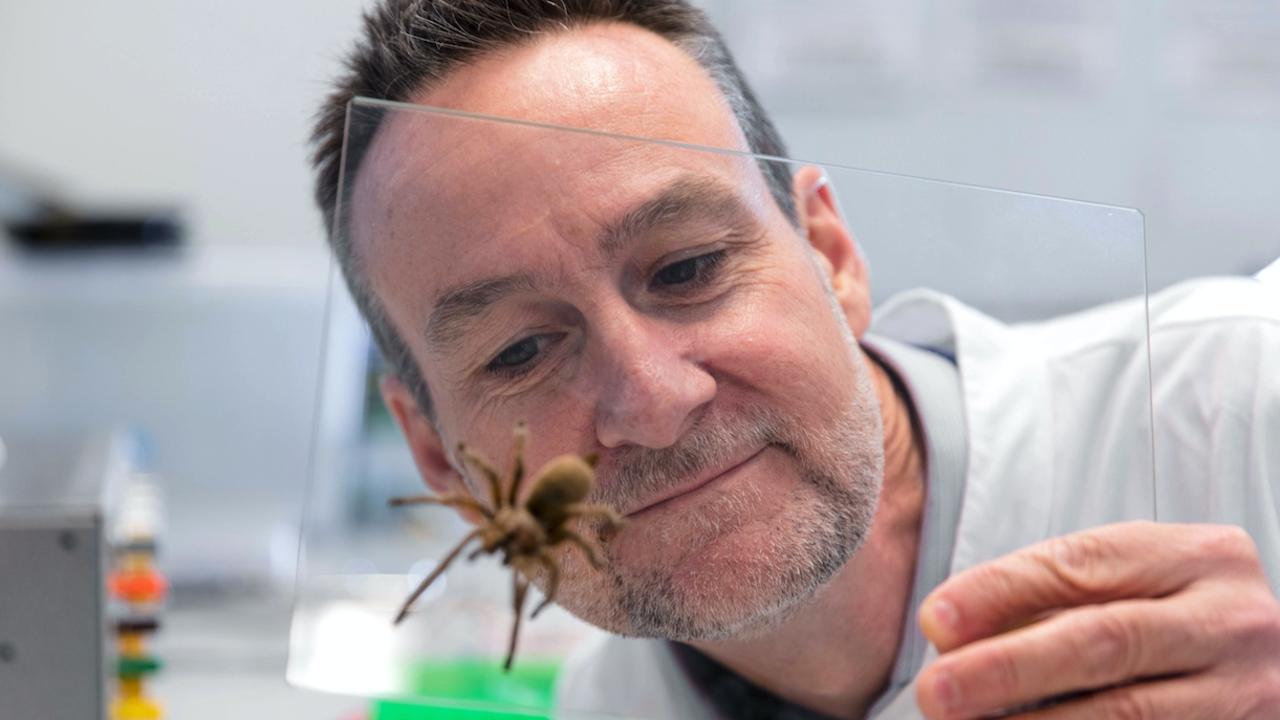
READING LEVEL: ORANGE
Far from terrifying people into a heart attack, a tiny dose of venom* from the fearsome* funnel-web spider may prove a lifesaver for people following heart attacks and strokes.
In a world-first, Australian researchers have used a molecule* from the venom of one of the world’s deadliest spiders to create a drug they say may also transform heart transplants*.
Following more than a decade of research, the University of Queensland team is now preparing to start clinical trials* of the drug.
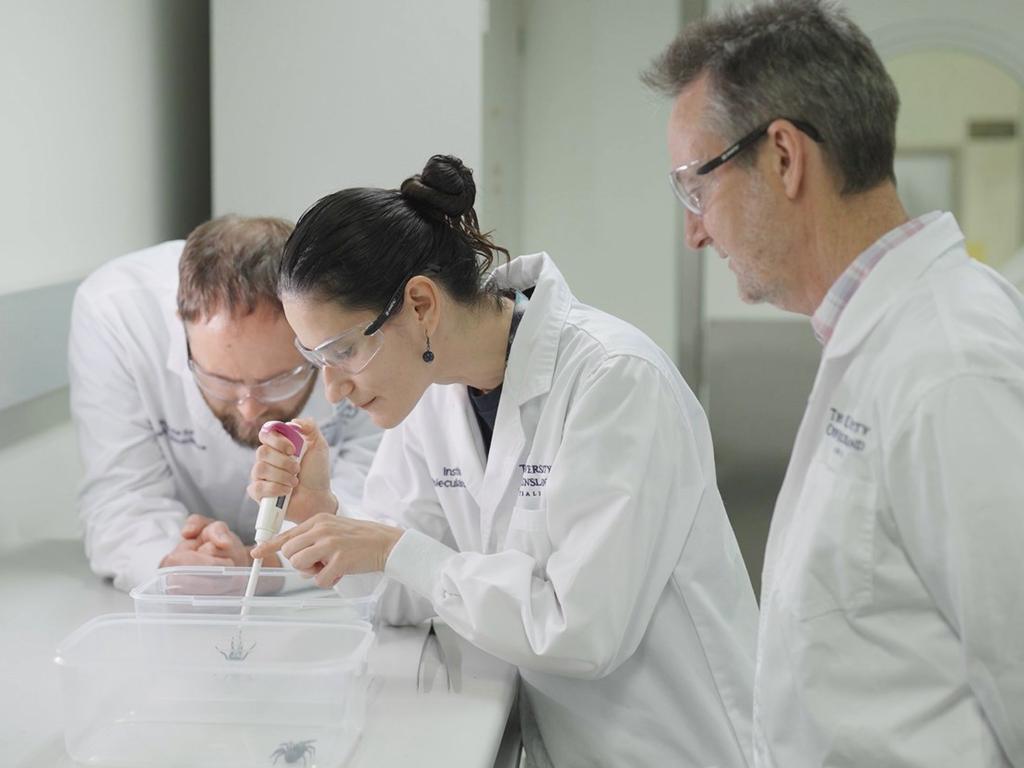
WHO’S IN CHARGE?
The national research project is being run in collaboration with Australian bioscience* company Infensa, the Latin word for funnel-web spider. Infensa’s role will be to take the drug to market.
The research is being led by Professor Glenn King, whose team is investigating if the molecule called Hi1a can be a lifesaver for cardiovascular* patients.
Prof King’s laboratory is a global leader in venom biology* for drug discovery. He is working on the project with Associate Professor Nathan Palpant at the Institute for Molecular Bioscience in Queensland.
“Glenn’s lab has been discovering drugs derived* from venoms and working with my team to develop evidence for therapeutic* use in heart disease,” Assoc Prof Palpant said.
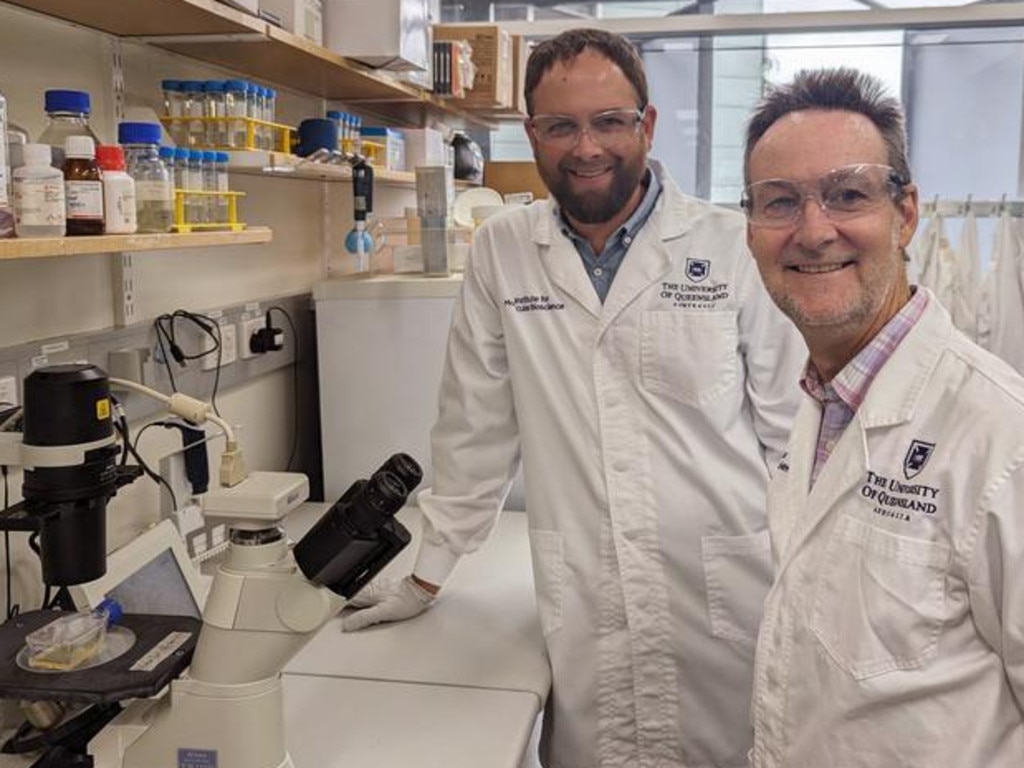
HOW COULD FUNNEL-WEBS HELP HUMANS?
Prof King said heart attack and stroke were the biggest killers of humans globally but there is no single drug to protect the heart or brain after these events.
Ironically, funnel-webs have Hi1a to protect them from predators, but the researchers found that the drug stops human heart and brain cells from dying.
Prof King said one of the dangers during a stroke is that the brain becomes acidic*.
“This then activates a receptor on the outside of brain nerve cells (neurons) that cause the nerve cells to die, and this is a major cause of the brain damage that occurs during stroke,” he said.
“Hi1a blocks the process, which prevents the neurons dying.”
He said it was similar during a heart attack, where the heart becomes acidic, activating a protein called ASIC1a on the surface of heart muscle cells, also causing them to die.
“It is a major cause of the cardiac damage that occurs during a heart attack,” Prof King said. “Hi1a blocks ASIC1a, which prevents the cells from dying.”

WHAT HAPPENS NEXT?
A Medical Research Future Fund grant from the Federal Government will focus on the drug’s applications for heart disease, specifically for use in heart attacks and heart transplant.
The $18 million grant over five years was “hugely important”, Prof King said, to enable the drug’s quick transition into human clinical studies.
Prof Palpant said the heart was the most sensitive organ when it came to transplants.

“It can’t be maintained outside of the body for a very long period of time,” Prof Palpant said. “It’s a really demanding organ when it comes to the need to have oxygen.
“For this reason, the drug works by helping the cells tolerate that stressful period during the transplant (from a donor) and transportation so that the heart is healthier and more functional when it gets to the recipient.”
He said Prof King’s studies indicated that the drug can be given many hours after the onset of stroke and still be very effective.
“In the heart attack context, we envision* getting the drug to the patient when they’re on the way to the hospital or before they have surgery to open up the artery* of the heart, so that the drug is circulating as soon as possible,” Assoc Prof Palpant said.
They hope to provide the drug to first responders*, delivered as an injection.
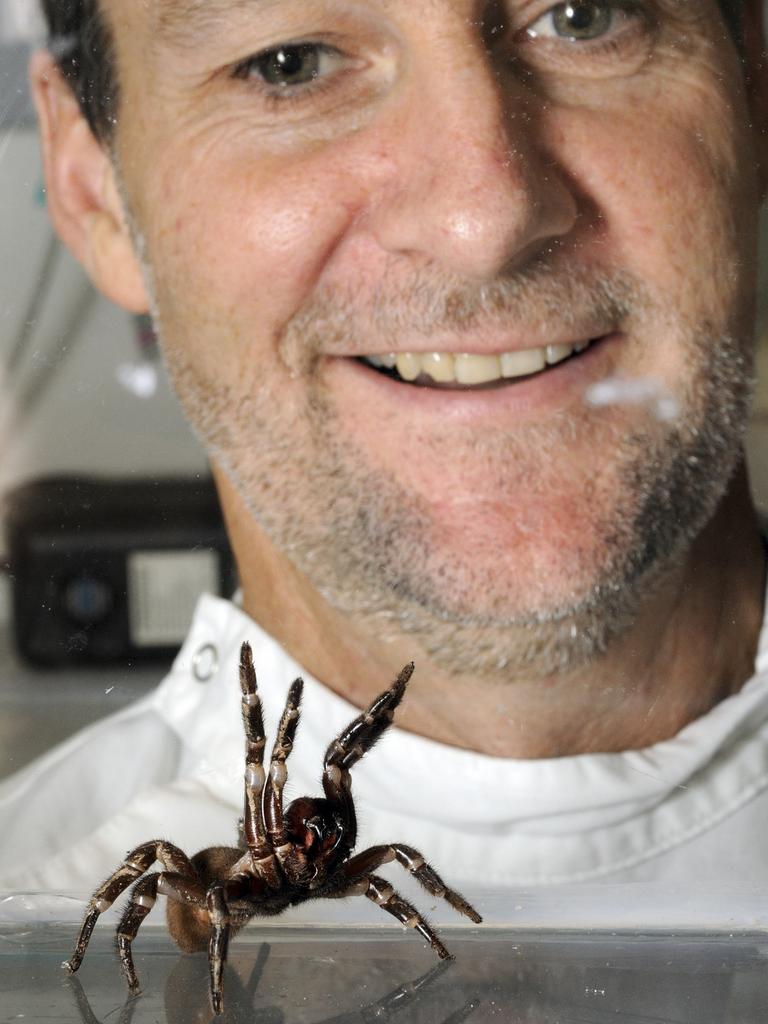
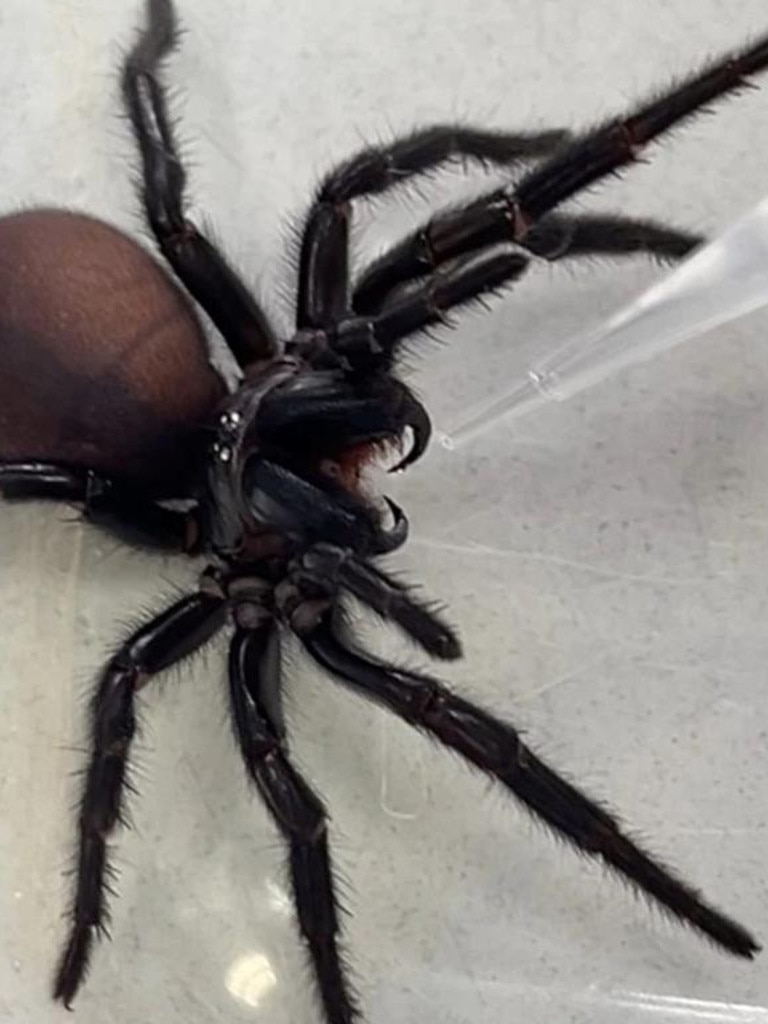
THE FUNNEL-WEB FAN CLUB
“Funnel-webs are my favourite spiders,” Prof King said. “They are generally quite docile* and easy to milk.”
But it would be impossible to produce enough Hi1a for clinical use just from milking spiders for venom.
“We developed a miniaturised version of Hi1a that can be readily synthesised* in the laboratory, and this is the compound* that will be used for clinical trials,” Prof King said.
Assoc Prof Palpant was also a fan of the spider and said to treat them nicely as they have good things to give us.
WATCH THE VIDEO
POLL
GLOSSARY
- venom: a toxic, dangerous substance produced by some animals
- fearsome: frightening, terrifying, dreaded
- molecule: the smallest amount of a chemical substance which can exist by itself
- heart transplant: surgery to remove the diseased heart from a person and replace it with a healthy one from an organ donor
- clinical trials: research studies that test how well new medical approaches work in people
- bioscience: science that studies humans, animals and plants
- cardiovascular: relating to the heart and blood vessels
- biology: the scientific study of the natural processes of living things
- derived: coming from, had its origins in or stemmed from
- therapeutic: treating a patient to prevent and combat disease or alleviate pain or injury
- acidic: acid, has a pH less than seven, as when dissolved carbon dioxide makes water more acidic
- envision: imagine, picture, see something working in a certain way
- artery: one of the thick tubes that carry blood from the heart to other parts of the body
- first responders: those whose job is to deal with an emergency, like paramedics, police officers and firefighters
- synthesised: to make something by mixing different things together
- compound: chemical substances made up of two or more elements
EXTRA READING
Tarantula causes crash as funnel-web could save lives
Mating habits of Sydney’s funnel-web spiders
Following a funnel-web’s footsteps
QUICK QUIZ
- What is the Latin word for funnel-web spider?
- What are the two biggest killers of humans globally?
- What is the value of the Medical Research Future Fund Federal Government grant to investigate the drugs uses?
- Why do funnel-web spiders produce the Hi1a?
- Prof Palpant said the heart was a demanding organ for what reason?
LISTEN TO THIS STORY
CLASSROOM ACTIVITIES
1. How can they help?
Create a detailed diagram, drawing it as a storyboard for an animation. Your purpose is to help other kids understand how funnel-web spiders can help to create a lifesaving drug.
Time: allow at least 30 minutes to complete this activity
Curriculum Links: English, Science
2. Extension
How do you think the scientists worked out that they could use funnel-web venom to create a drug to help people who have had heart attacks or strokes? Use information from the story to write down a step-by-step description of how you think they realised that this application was possible, then how they would have tested or researched their ideas.
Time: allow at least 30 minutes to complete this activity
Curriculum Links: English, Science
VCOP ACTIVITY
Wow word recycle
There are plenty of wow words (ambitious pieces of vocabulary) being used in the article. Some are in the glossary, but there might be extra ones from the article that you think are exceptional as well.
Identify all the words in the article that you think are not common words, and particularly good choices for the writer to have chosen.
Select three words you have highlighted to recycle into your own sentences.
If any of the words you identified are not in the glossary, write up your own glossary for them.
Extension
Find a bland sentence from the article to up-level. Can you add more detail and description? Can you replace any base words with more specific synonyms?
Down-level for a younger audience. Find a sentence in the article that is high level. Now rewrite it for a younger audience so they can understand the words without using the glossary.


